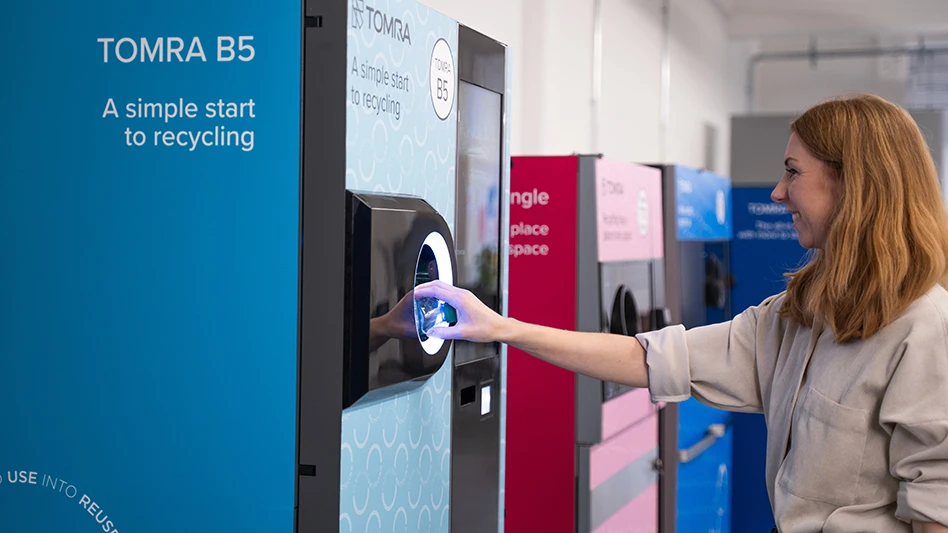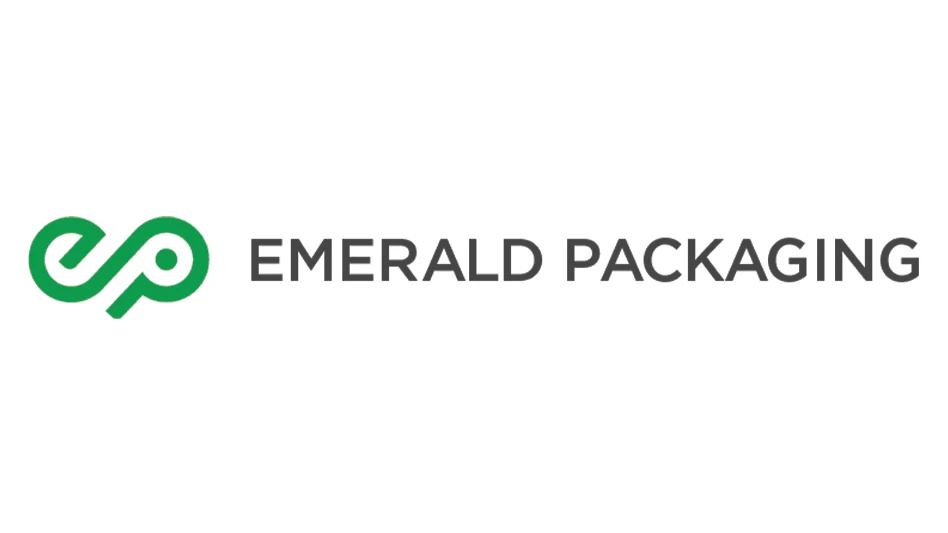
Recycling Today archives
The latest World Shredder List compiled by of the Shredder Committee of the Brussels-based Bureau of International Recycling (BIR) indicates a global total of 1,229 metal shredding plants powered by motors with 1,000 horsepower or more.
According to BIR Shredder Committee Chair Alton Scott Newell III of Texas-based Newell Recycling Equipment, that total includes 322 installations in the United States, 267 in the European Union and its European Free Trade Association (EFTA) neighbors, and 640 throughout the rest of the world, including 380 in China, 110 in Japan, 29 in the United Kingdom, 27 in Canada and 25 in Mexico.
Presentations at the committee’s spring 2025 meeting, held at the BIR World Recycling Convention in Valencia, Spain, in late May, focused on the rising occurrence of fires at shredder yards and technology developments in the shredded metal sorting sector.
With lithium-ion batteries often pointed to as the culprit, George Adams of California-based SA Recycling said fires have a growing presence in the recycling industry.
“We’ve got 150-plus yards across the country, and maybe I don’t get a fire every day, but I bet we get a fire every other day,” he told delegates.
Adams said one method SA Recycling has adopted to minimize fires is to avoid building stockpiles of material. “It’s really simple: ship to the ground,” he stated.
He also urged shredder operators to prepare fully for the possibility of a fire. SA Recycling keeps water storage containers on standby at yards so they can be picked up by a material handler and deployed immediately.
“You can literally have water in minutes [and] nobody ever gets in any danger,” he said.
Adams also stressed the importance of having adequate water pressure and of spraying a fire from multiple angles, mentioning the value of practicing.
“It doesn’t do any good to have fire hoses and to have things set up if you don’t do fire drills," he said. "Our guys are required to do a fire drill once a month [and] they have to turn in a video once a month of the different drills.
“A fire can cost you millions of dollars in lost reputation. Some companies have had criminal charges filed against them because they had a fire.”
Two other presenters in Valencia represented equipment and technology vendors who focus on upgrading metals sorting and recovery downstream from auto shredding plants.
Karl Hoffmann of Steinert GmbH in Germany said low-copper ferrous shred remains a focus of technology vendors. In the case of shredded heavy melting steel (HMS), Hoffmann said Steinert aims to remove more than 90 percent of impurities, including copper, “in a very easy way” with drum magnets positioned above a feed conveyor so nonmagnetic materials fall through a gap between the drum and the feeder tray.
The Steinert SteelMaster system uses ballistic and magnetic forces to separate meatballs, or copper-bearing shredded motor pieces, from the ferrous shred bound for steel mill buyers.
Fellow presenter Manuel Andreis of Eriez Magnetics Europe said that firm’s Shred1 ballistic separator has been engineered to work in tandem with the speed of a conveyor belt to help ensure high-copper content materials are launched away by ballistic force.
Andreis said the Eriez process is almost fully automated, delivers a consistent quality of material, operates at a high capacity level and requires reduced labor attention.
Latest from Recycling Today
- ReMA urges open intra-North American scrap trade
- Axium awarded by regional organization
- China to introduce steel export quotas
- Thyssenkrupp idles capacity in Europe
- Phoenix Technologies closes Ohio rPET facility
- EPA selects 2 governments in Pennsylvania to receive recycling, waste grants
- NWRA Florida Chapter announces 2025 Legislative Champion Awards
- Goldman Sachs Research: Copper prices to decline in 2026





